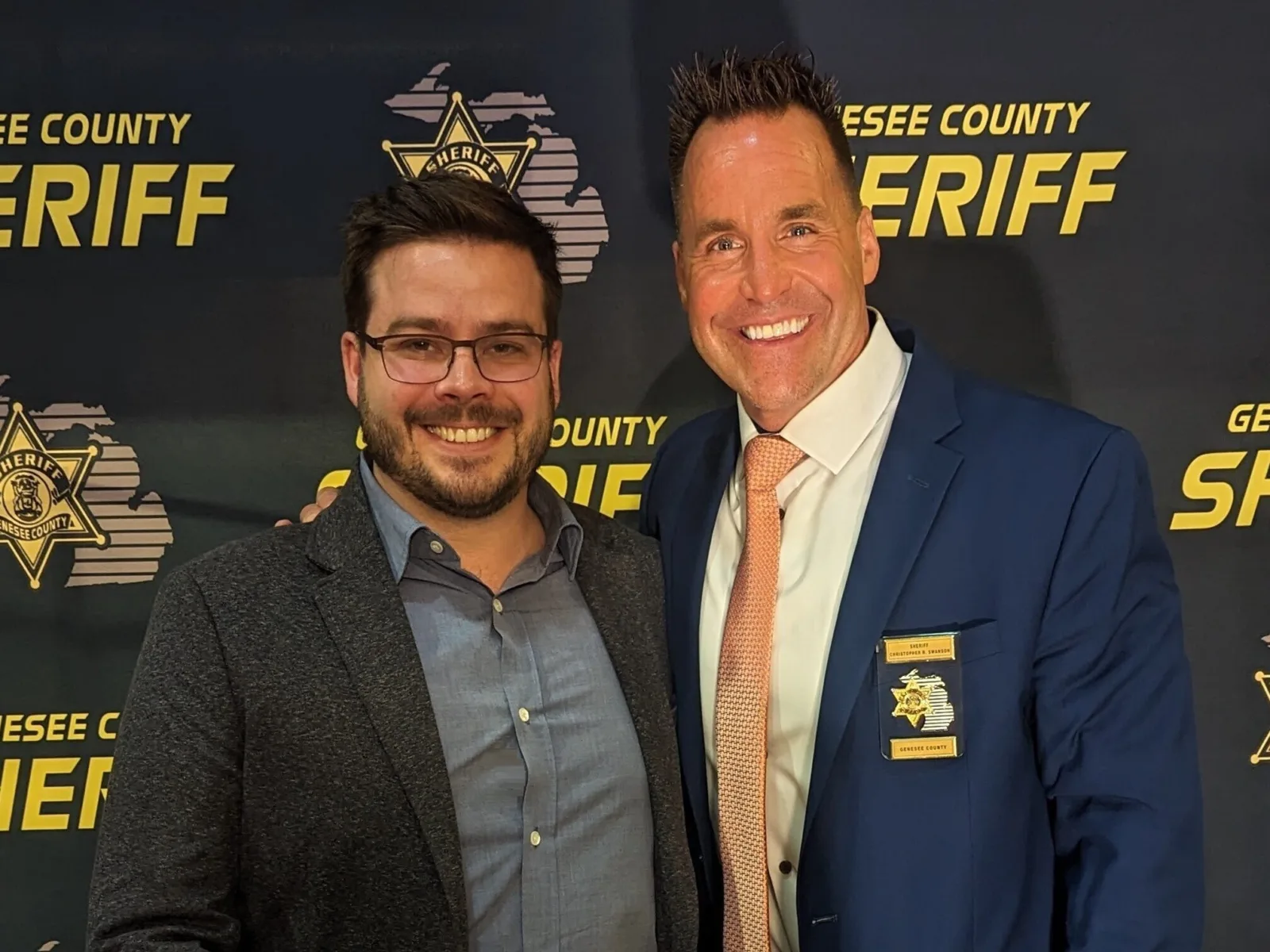Today, President Biden visited Monterrey Park, Calif., site of a gun massacre in January that killed 11 people – one of the more than 100 mass shootings that have already happened this year. The president used the occasion to announce a new executive order aimed at improving community safety and reducing gun violence. Among other provisions, the executive order seeks to increase the use of extreme risk protection orders (ERPOs, also known as “red flag” laws), encourage the safe storage of firearms, and support families and communities affected by mass shootings.
These policy changes and efforts are rooted in evidence of what works to reduce violence in our communities – evidence that Arnold Ventures has invested in generating and disseminating. Initial research suggests ERPO measures can prevent some gun-related suicides and mass shootings. Specifically, Indiana’s firearm suicide rate decreased by 7.5% in the ten years after the state passed such a law. Findings from a National Collaborative on Gun Violence Research (NCGVR)-funded multi-state study demonstrate that ERPOs are being used in cases involving mass shooting threats — including threats against schools — and suggest that red flags laws could save lives. Biden’s executive order explicitly calls for federal agencies to encourage increased awareness and effective use of extreme risk protection orders.
With regards to safe storage, RAND’s Gun Policy in America initiative, which is supported by Arnold Ventures, found that Child Access Prevention (CAP) laws stand out as meeting the highest evidence-based standard as to their effectiveness. In other words, there is strong evidence that such laws reduce suicide and unintentional injury among young people. Promoting safe storage of firearms is a critical policy — gun-related injuries are the second-leading cause of death for children and young adults.
Lastly, the executive order proposes additional federal support for gun violence survivors, victims and survivors’ families, first responders to gun violence, and communities affected by mass shootings.
Expanding this support is necessary because few crime survivors receive the support they need. According to a 2022 survey of crime victims by The Alliance for Safety and Justice, an AV grantee, most victims do not receive help in the aftermath of crime, suffer long-term health and financial consequences, and do not see the crimes against them solved. Specifically, 96% of victims of violent crime did not receive victim compensation to help them recover and four out of five victims who reported crime disclosed that their crime was never solved.
The Biden administration should be commended for increasing support to victims. We hope this is expanded beyond victims of mass shootings — research shows that unaddressed trauma from violence has numerous implications for personal well-being and community safety.
While more is undoubtedly needed, this executive order is a welcome additional step in addressing the country’s gun violence crisis and translating the existing evidence base into policy.























